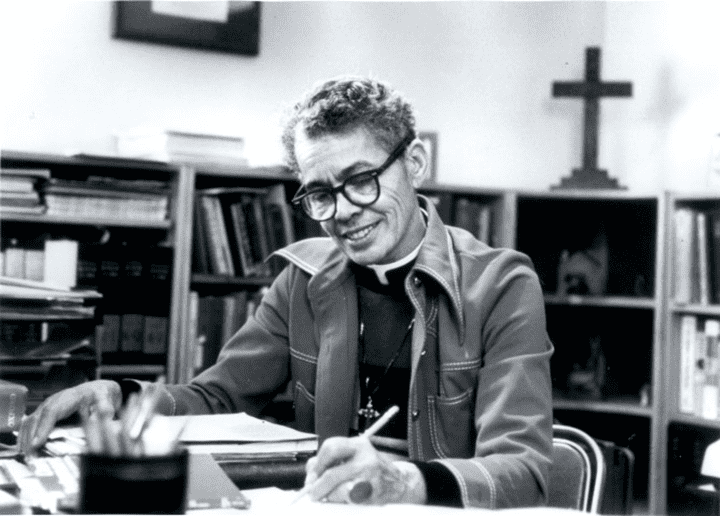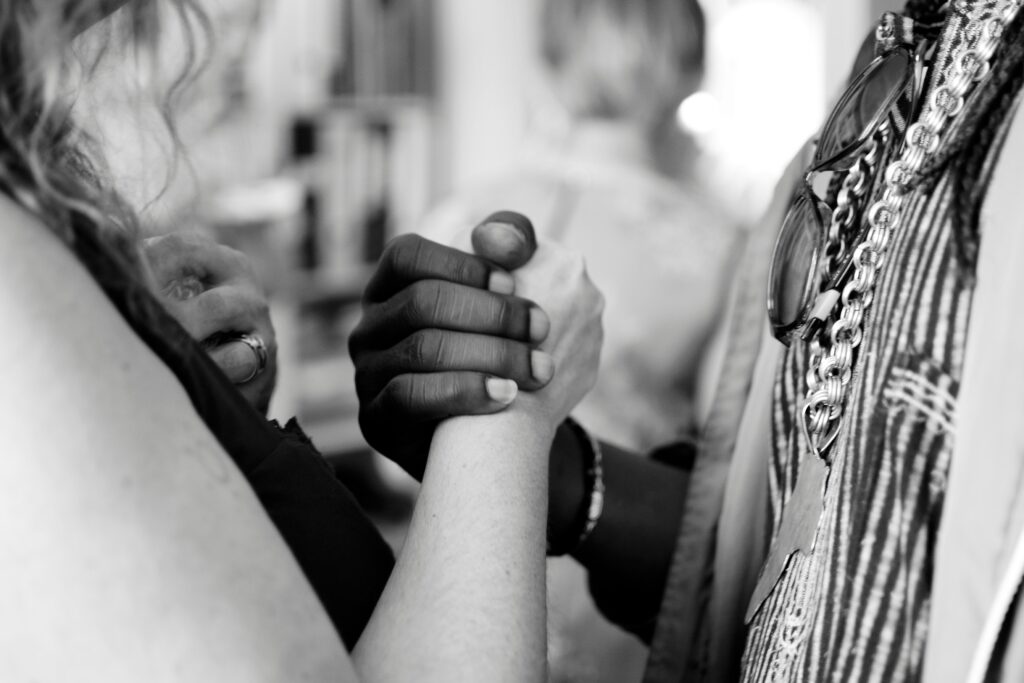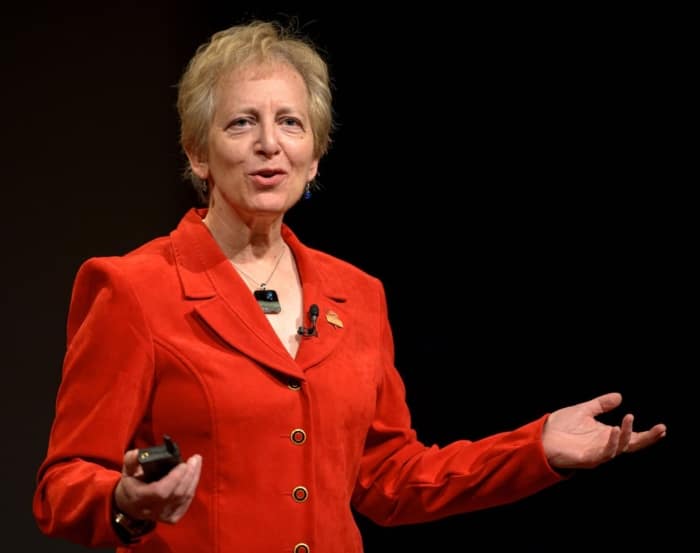The U.S. Mint is set to strike a set of quarters that will feature the late Episcopal priest the Rev. Pauli Murray. In addition to being the first Black woman ordained a priest in the Episcopal Church, Murray was a civil rights trailblazer for women and people of color.
The coin is being issued as part of the American Women Quarters program. While the obverse of the quarters still features George Washington, albeit in a different design than previous quarters, the reverse side of the coin features the likenesses of women and celebrates their accomplishments and contributions to the United States. The program began in 2022 and will run through 2025.
Episcopal News Service reports:
Murray, whose feast day is celebrated on July 1 in The Episcopal Church’s calendar of saints, was also a lawyer, writer and co-founder of the National Organization for Women. Often the first or only Black woman in the positions she held, Murray was a groundbreaking leader in the civil rights movements of the 1960s, though her contributions were long overlooked.
She is being honored along with Patsy Takemoto Mink, the first woman of color to serve in Congress; Mary Edwards Walker, a Civil War surgeon, women’s rights advocate and abolitionist; Zitkala-Ša, an advocate for Native Americans’ right to U.S. citizenship; and Celia Cruz, the Cuban-American “Queen of Salsa.” The quarter designs will be unveiled this summer, the Mint said.
“All of the women being honored have lived remarkable and multifaceted lives, and have made a significant impact on our nation in their own unique way,” Mint Director Ventris C. Gibson wrote in the announcement. “The women pioneered change during their lifetimes, not yielding to the status quo imparted during their lives. By honoring these pioneering women, the Mint continues to connect America through coins which are like small works of art in your pocket.”
Ordained in 1977, Murray had already had a significant career as an attorney, making an early argument before the courts that the United States’ “separate but equal” laws were unconstitutional — an argument that Thurgood Marshall cited when arguing before the Supreme Court in Brown V. Board of Education, the case that ultimately resulted in the desegregation of the country’s public schools. ENS continues:
Marshall called Murray’s book on segregation laws “the bible of the civil rights movement.” And Ruth Bader Ginsburg, the future Supreme Court justice, used Murray’s arguments in a legal brief she wrote – listing her as a co-author – while arguing Reed v. Reed, the 1971 Supreme Court case that banned gender discrimination based on the 14th Amendment’s equal protection clause.
Murray’s early activism included sitting with a friend and refusing to give up their seats to white passengers on a segregated bus. Their arrest was 15 years before Rosa Parks’, but it was in Virginia and did not gain the national attention that the Parks case did.
After years of relative obscurity, Murray’s work received renewed attention with the release of the 2021 documentary, “My Name is Pauli Murray”. In addition to discussing Murray’s spiritual and social justice work, the film also explores how, as a queer person, Murray navigated mid-century America with what would today be classified as gender dysphoria.
A September 2021 story from ENS discusses the film:
In the new documentary “My Name Is Pauli Murray,” filmmakers Betsy West and Julie Cohen paint a picture of an unsung trailblazer who remains relatively unknown despite her lasting influence on American society. Episcopalians know her as the first African American woman to be ordained a priest and as a pioneer in the struggles for racial and gender equality. But many may not know about other important aspects of her life, such as her struggle to come to terms with her gender identity in an era long before transgender people were accepted in mainstream society.
When West and Cohen came across Murray’s story while working on their previous film (“RBG,” the Ruth Bader Ginsburg biopic), they wondered why such a pivotal figure wasn’t a household name.
“‘Why didn’t we know this person?’ was the first question everybody asked,” West told Episcopal News Service, “and could we do something about it?”
The result, “My Name Is Pauli Murray,” premiered online in January at the Sundance Film Festival…
[…]
Part of what makes Murray significant today was her commitment to intersectionality: the idea that social justice movements for different groups should support each other rather than work alone. As a Black woman experiencing discrimination based on both her race and her gender – a situation she described as “Jane Crow” – Murray supported the civil rights and feminist movements. But intersectionality was not as common then as it is today, and Murray’s penchant for crossing boundaries is one reason she didn’t achieve wider renown, West said.
“The civil rights movement was not as open to acknowledging the contributions of women as it should have been, and the women’s movement was pretty dense at times about recognizing the needs and the contributions of African American women,” West told ENS. “The concept of Jane Crow really is intersectionalism. It’s a brilliant way to express the double bind that African American women find themselves in, and it was certainly true for Pauli.”
[…]
The Episcopal Church is one place, West said, where Murray received due recognition.
“A lot of people say, ‘Why didn’t I know about Pauli Murray?’ There are a lot of Episcopalians who know about Pauli Murray,” West told ENS. “The church has been one place that has lifted up Pauli’s name.”
Murray died in July 1985 at the age of 74. In addition to two books on law, she published a book of poetry, Dark Testament and Other Poems, and three autobiographies: Proud Shoes: The Story Of An American Family; Song in a Weary Throat: An American Pilgrimage; and The Autobiography of a Black Activist, Feminist, Lawyer, Priest and Poet.
Photo: (Carolina Digital Library and Archives/CC BY-SA 2.0)







